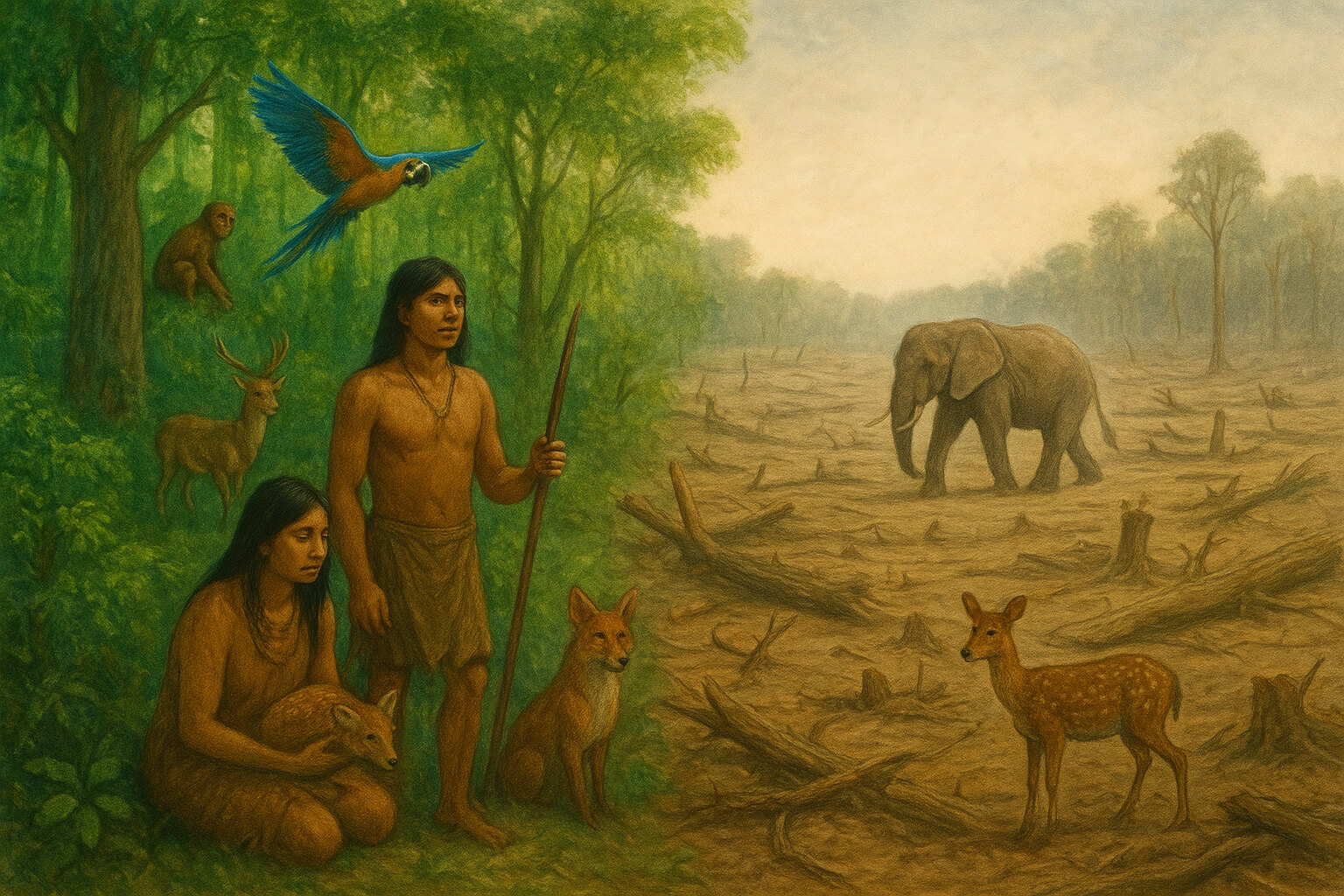September 01, 2025

Deforestation is one of the greatest environmental threats of the 21st century. Every year, vast expanses of forest—many of them ancient and irreplaceable—are cleared to make way for agriculture, logging, and urban expansion. While the image of fallen trees might seem distant to some, the consequences ripple across the globe: accelerating climate change, endangering wildlife, displacing communities, and undermining the delicate balance of our ecosystems.
In this article, we’ll explore the true scale of deforestation, its impact on biodiversity and indigenous peoples, and what solutions are already in motion. More importantly, you’ll learn what you can do to help protect what remains.
Deforestation is happening at a staggering pace. According to the World Resources Institute (WRI), the world lost 3.7 million hectares of tropical primary rainforest in 2023 alone. That’s equivalent to losing a forested area the size of the Netherlands—every single year.
The primary culprits include:
Forests are not just collections of trees. They are complex living systems that:
When forests disappear, the balance of life begins to unravel—locally and globally.
One of the most immediate and visible consequences of deforestation is the destruction of animal habitats. When forests fall, so do the homes, food sources, and migration corridors of countless species.
As animals are pushed closer to human populations, the risk of zoonotic diseases increases—a pattern explored in Understanding Zoonotic Diseases: The Animal-Human Link.
If you're concerned about animal protection in general, learn how to take action in How to Report Animal Abuse: Steps You Can Take.
For over 476 million Indigenous people around the world, forests are not only homes—they are sacred spaces, cultural landscapes, and life-sustaining resources. Many of these communities have protected and sustainably managed forests for generations, yet they are often the first to suffer when deforestation advances.
According to Global Witness, nearly 200 environmental defenders were killed in 2023, many of them Indigenous activists protecting their ancestral lands.
Despite these threats, research has shown that forests managed by Indigenous peoples tend to have lower rates of deforestation and higher biodiversity. Respecting their rights is not just a moral obligation—it’s an ecological necessity.
Reversing deforestation is not a simple task, but solutions do exist—and many are already being implemented around the world. Here are some of the most promising:
Here are ways individuals can contribute to protecting forests:
Deforestation is not just about losing trees. It’s about losing the lungs of the Earth, the homes of irreplaceable species, and the sacred lands of Indigenous communities. It's about unraveling the very fabric of life that sustains us all.
But it's not too late.
By supporting ethical production, elevating Indigenous voices, and championing sustainable policies, we can slow—and eventually reverse—this crisis. Every choice we make today affects the forests of tomorrow.
For more on how human choices shape the planet’s future, explore:
Stay up to date with the latest tips, expert insights, product reviews, and step-by-step guides to help you grow, create, and succeed—no matter your industry or passion.